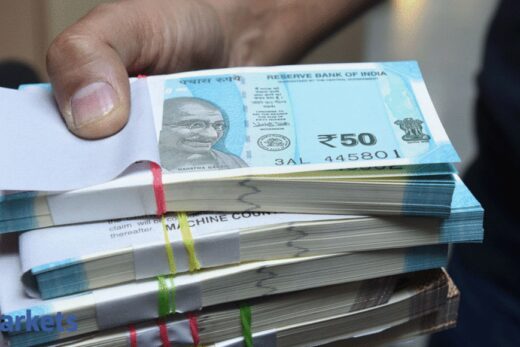The central bank has said that the net NPA ratio of NBFCs need to be less than 6% in each of the last three years, including at the close of the financial year for which dividend is proposed to be declared.
Also, in case the net profit for the relevant period includes any exceptional and/or extraordinary profits/ income or if the auditors indicate an overstatement of net profit, the same shall be reduced from net profits while determining the dividend payout ratio, RBI said.
These guidelines follow draft norms issued by the central bank in December 2020. They intend to infuse greater transparency and uniformity in practice on dividend distribution by NBFCs.
Deposit taking NBFCs must maintain a capital adequacy ratio of 15% for each of the last three financial years including the financial year for which the dividend is proposed. Standalone primary dealers have to maintain a capital adequacy ratio of 20% for the financial year (all the four quarters) for which dividend is proposed, the RBI said.
The central bank has also prescribed ceilings for dividend ratios, which is 60% for core investment company and standalone primary dealers, while for other NBFCs, the ceiling prescribed is 50%. There is no ceiling for non deposit taking NBFCs.
The board of directors for NBFcs have to also take into account supervisory findings from the RBI on divergence in NPAs and statements of auditors on the financial statements of NBFCs.
The board has to ensure that the total dividend proposed does not exceed the ceilings specified in the guidelines.
A NBFC which does not meet the applicable requirements may be eligible to declare dividend, subject to a cap of 10% provided the NBFC meets the applicable capital adequacy requirement in the financial year and has net NPA of less than 4% as at the close of the financial year.
In case of primary dealers which have capital adequacy above the regulatory minimum of 15% in each of the four quarters but lower than 20% in any of those quarters, the dividend payout ratio shall not exceed 33.3%.



